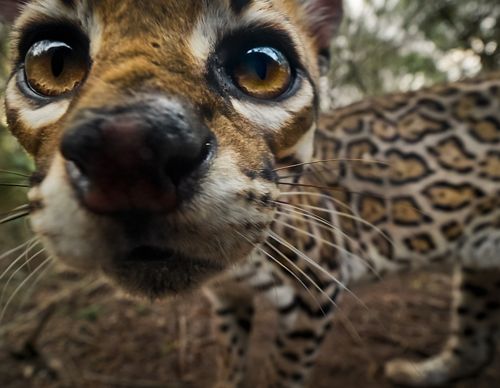Legacy Newsletter
Species Spotlights: Helping Animals Around the World

The Legacy newsletter is produced twice annually for some of The Nature Conservancy's most dedicated supporters, including Legacy Club members. If you have questions about The Legacy Club or this newsletter, please contact our team at LCteam@tnc.org.

Nature Briefs
Sitka deer rely on Alaska’s old-growth forests, and rare Amargosa toads depend on a short stretch of river in the northern Mojave Desert. Keeping their habitats healthy is critical to both species’ survival.
Safeguarding the Sea Turtles
TNC has supported community efforts to protect sea turtles in the Solomon Islands for decades. Significantly, today local women are leading much of the work.

Newsletter Article Archive
Explore more on-the-ground conservation success stories from around the globe.
A Legacy for People and Nature
Few aspirations are nobler than wanting to leave the world a better place. We are honored and inspired by the thousands of incredible supporters who joined The Legacy Club by including The Nature Conservancy in their estate plans.




